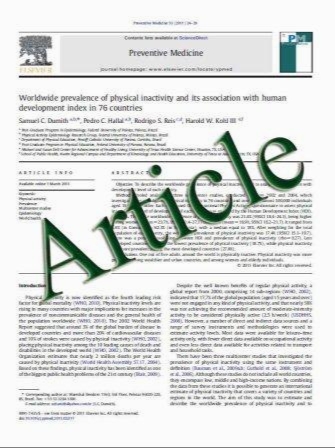The cadherin–catenin complex in nasopharyngeal carcinoma
- نوع فایل : کتاب
- زبان : انگلیسی
- مؤلف : H. Galera-Ruiz M. J. R´os R. Gonza´lez-Ca´mpora M. de Miguel M. I. Carmona A. M. Moreno Hugo Galera-Davidson
- چاپ و سال / کشور: 2011
Description
Abnormal Wnt signaling and impaired cell–cell adhesion due to abnormal E-cadherin and b-catenin function have been implicated in many cancers, but have not been fully explored in nasopharyngeal carcinoma. The aim of this study was to analyze b-Catenin cellular location and E-cadherin expression levels in nasopharyngeal carcinoma. E-cadherin expression levels were also correlated with clinical data and underlying pathology. b-Catenin and E-cadherin expression were examined in 18 nasopharyngeal carcinoma and 7 non-tumoral inflammatory pharynx tissues using immunohistochemical methods. Patient clinical data were collected, and histological evaluation was performed by hematoxylin/eosin staining. b-catenin was detected in membrane and cytoplasm in all cases of nasopharyngeal carcinoma, regardless of histological type; in non-tumoral tissues, however, b-catenin was observed only in the membrane. As for E-cadherin expression levels, strong staining was observed in most non-tumoral tissues, but staining was only moderate in nasopharyngeal carcinoma tissues. E-cadherin expression was associated with b-catenin localization, study group, metastatic disease, and patient outcomes. Reduced levels of E-cadherin protein observed in nasopharyngeal carinoma may play an important role in invasion and metastasis. Cytoplasmic b-catenin in nasopharyngeal carcinoma may impair cell– cell adhesion, promoting invasive behavior and a metastatic tumor phenotype.
Eur Arch Otorhinolaryngol (2011) 268:1335–1341, Received: 29 July 2010 / Accepted: 7 December 2010 / Published online: 15 January 2011 The Author(s) 2011. This article is published with open access at Springerlink.com


